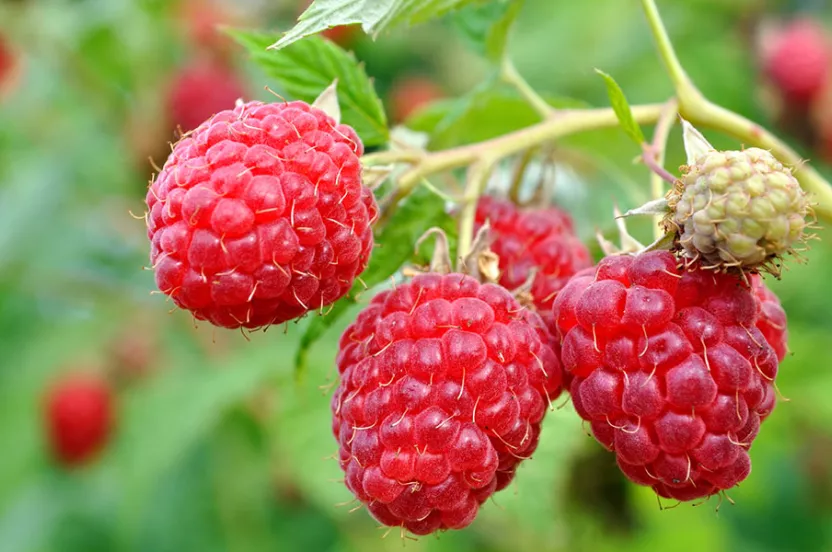Now live: The 2025 Canopy Report. Learn how Americans see trees. GET THE REPORT
Planting
How to Plant Bare-Root Trees
Planting bare-root trees ensures a strong start for healthy growth. Follow these simple steps to properly unpack, plant, and care for your trees, giving them the best chance to thrive.

Step-by-Step Instructions
Step 1

Step 1
Unpack your trees, remove all packing materials, carefully untangle the roots and soak the roots in water 3 to 6 hours. Do not allow the roots to dry out.

Step 2
Dig a hole, wider than seems necessary, so the roots can grow outward without crowding. Remove any grass within a 3-foot circular area. To aid root growth, turn soil in an area up to 3 feet in diameter.

Step 3
Plant the tree at the same depth it stood in the nursery, with plenty of room for the roots. Partially fill the hole, firming the soil around the lower roots. Do not add soil amendments such as peat or bark. Do not use fertilizer, potting soil, or chemicals on your new trees.

Step 4
Shovel in the remaining soil. It should be firmly but not tightly packed. Construct a water-holding basin around the tree. Give the tree plenty of water.

Step 5
After the water has soaked in, spread protective mulch two inches deep in a 3-foot diameter area around the base of the tree, but not touching the trunk.

Step 6
The soil and mulch around your trees should be kept moist but not soggy. During dry weather, generously water the tree every 7 to 10 days during the first year. Water slowly at the dripline.

The benefits of bare-root trees
Our trees are delivered with natural bare roots which have been dipped in hydrating gel prior to shipment to keep the roots moist and healthy. As their abundant, fibrous roots aren't confined by a container, bare-root trees get off to a more vigorous start compared to containerized roots which typically need more time to adjust to transplanting. Bare root trees typically surpass the size of larger containerized trees in only a few years.
More tips for healthy trees
Planting location
To give your trees the best start, we recommend planting in a protected area with worked-up soil such as a garden. After 1 to 2 years, simply transplant to the permanent location when the trees are dormant.
Signs of dormancy
Plant or transplant your trees when they are dormant. In fall: after the leaves have dropped or, on evergreen trees, when light-brown clusters form on the top. In early spring: before leaves or new growth appear.
Carefully separate your trees
If there are multiple trees in your package, remove the plastic bag around the roots and the twist tie holding your trees together. Separate your trees, carefully untangling the roots. Please note that the roots have been covered with a hydrating gel which keeps them moist during shipment.
Depth and distance of holes
Measure the roots of each tree. Dig one hole for each tree 1 foot wide and 1 inch deeper than the roots. Holes should be 2-1/2 feet apart.
Fertilizer?
Do not use fertilizer, potting soil, or chemicals on your baby trees. Such products will kill your young trees.
Watering
Keeping your baby trees watered is important during their first year. Keep the soil and mulch moist but not soggy. In dry weather, you should water generously every 7 to 10 days. The water should soak into the soil and mulch. Avoid watering so much that you see standing water.
Protection
We recommend putting a fence (such as chicken wire) around your trees if your site is a feeding ground for rabbits, deer, or other wildlife.


